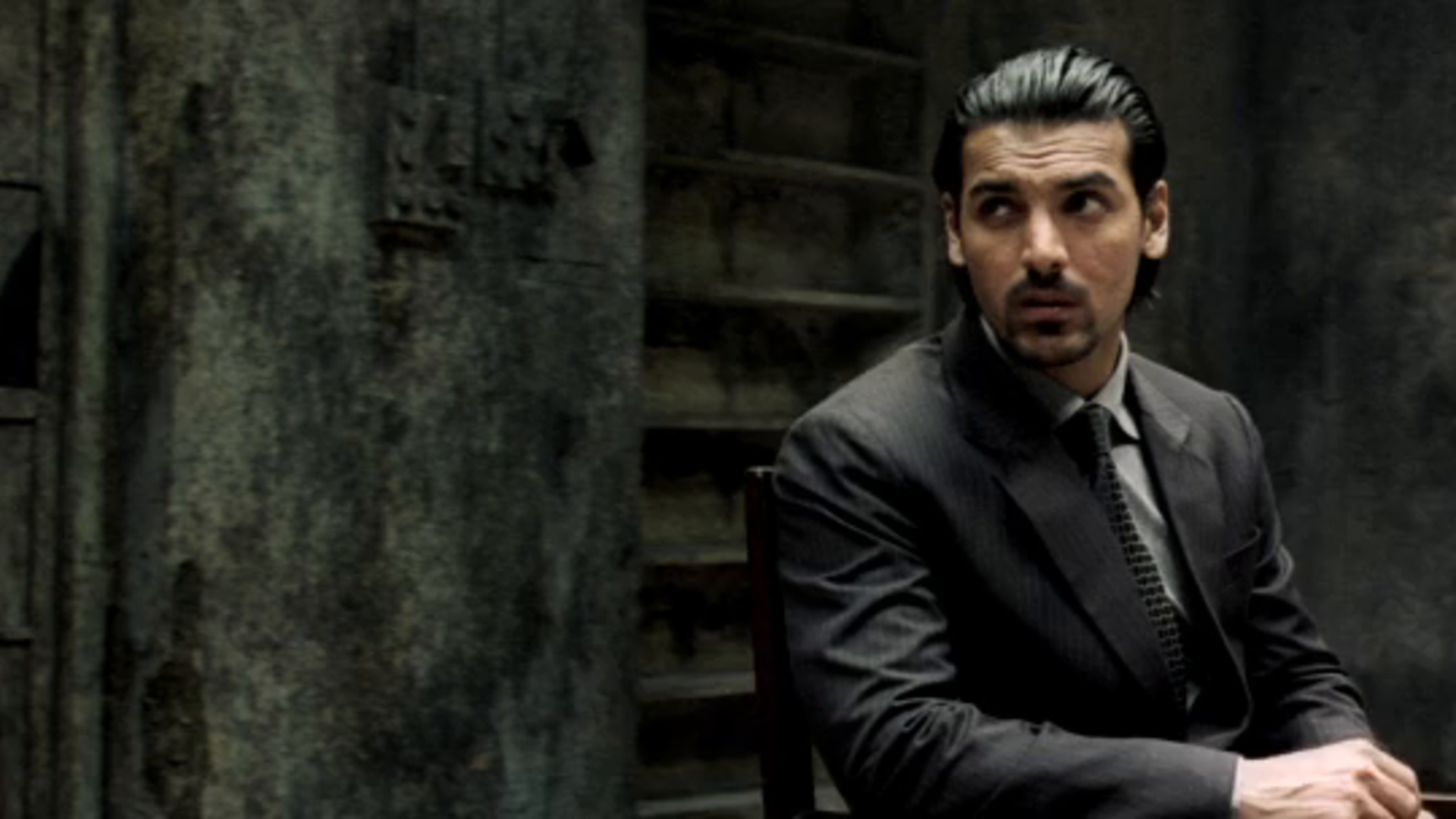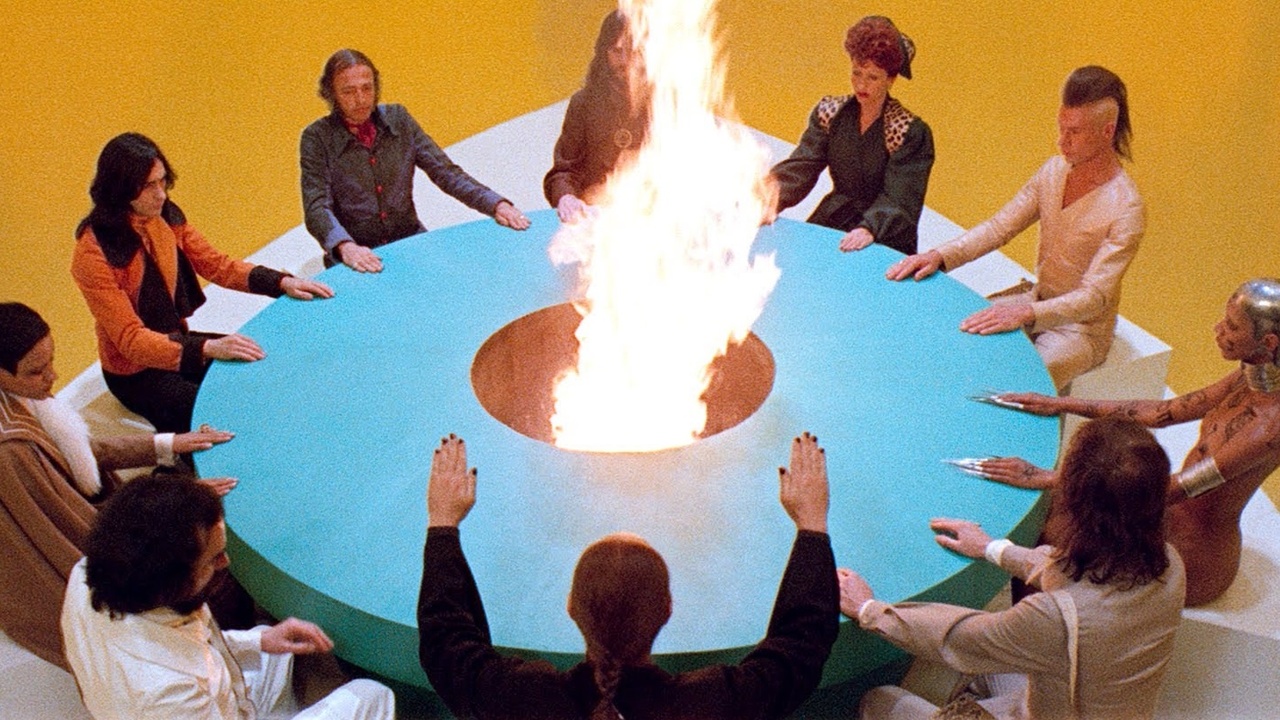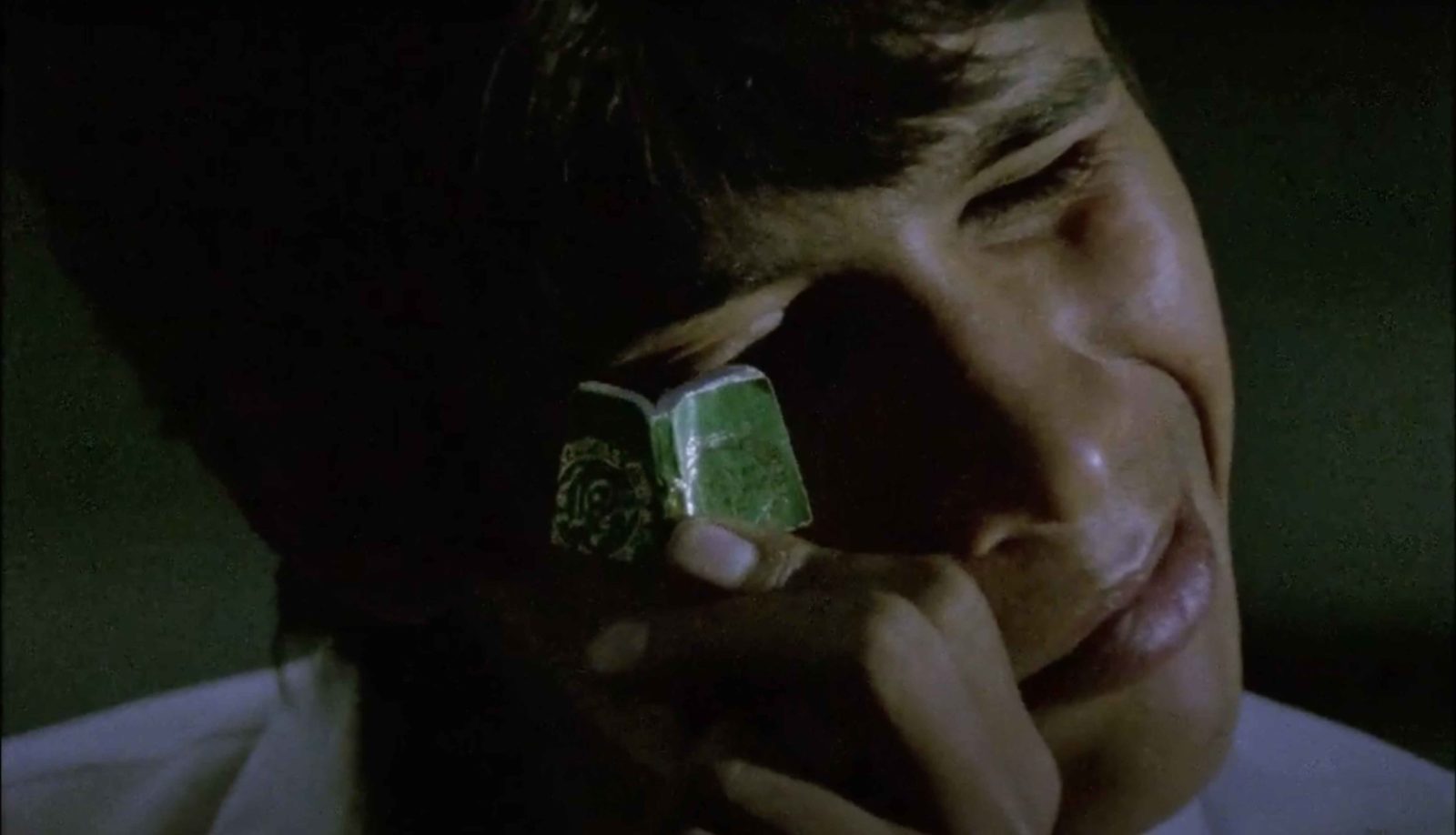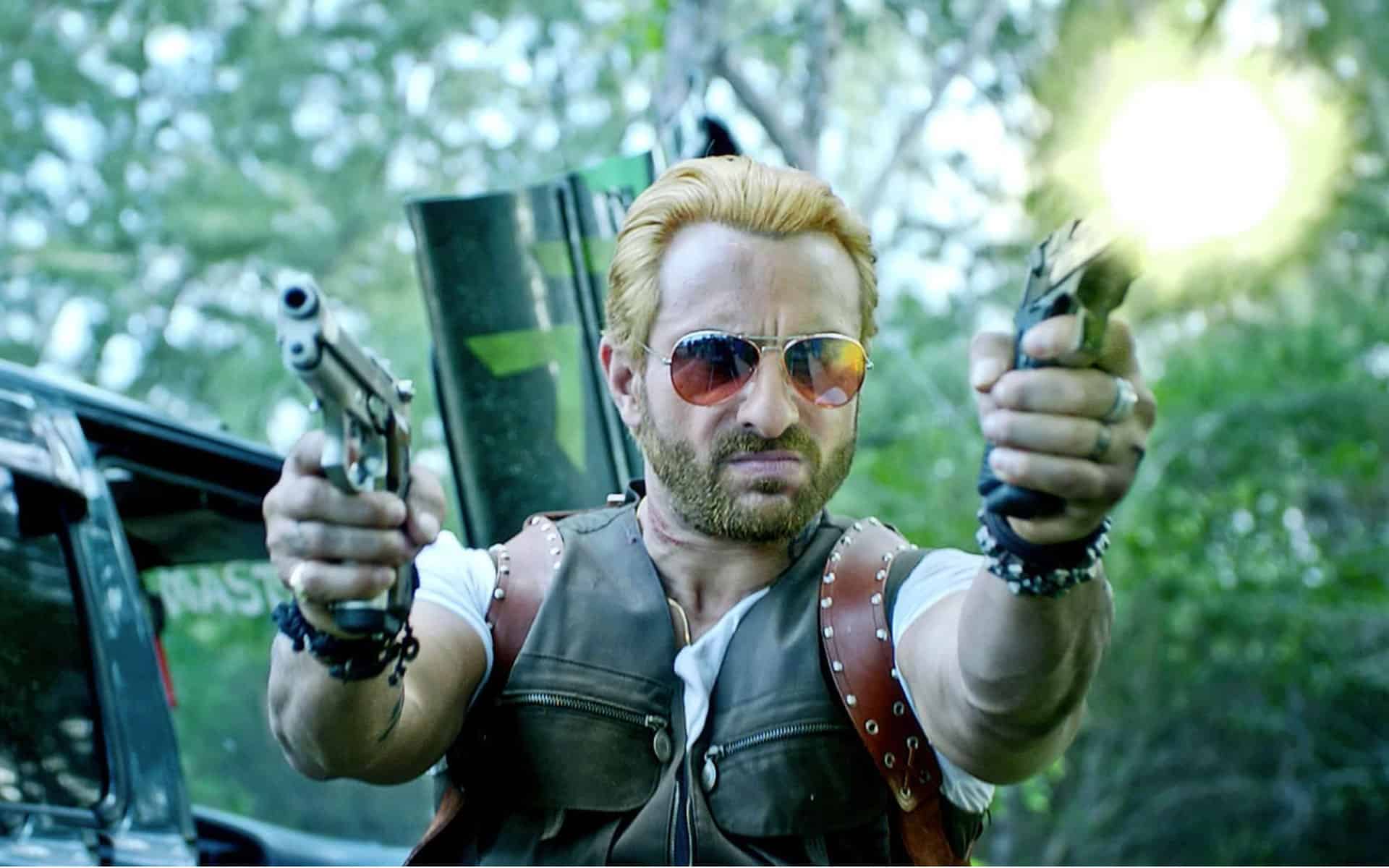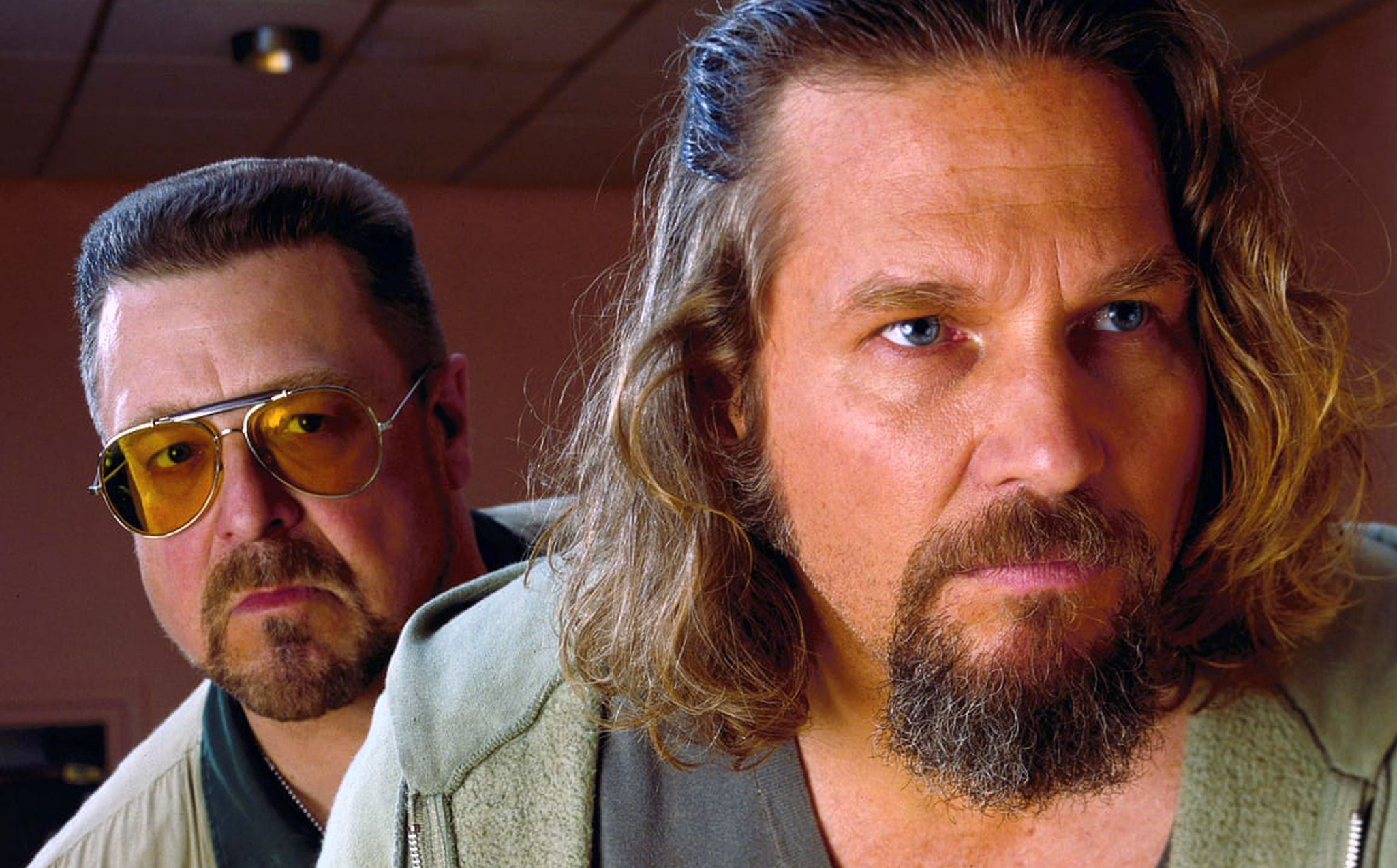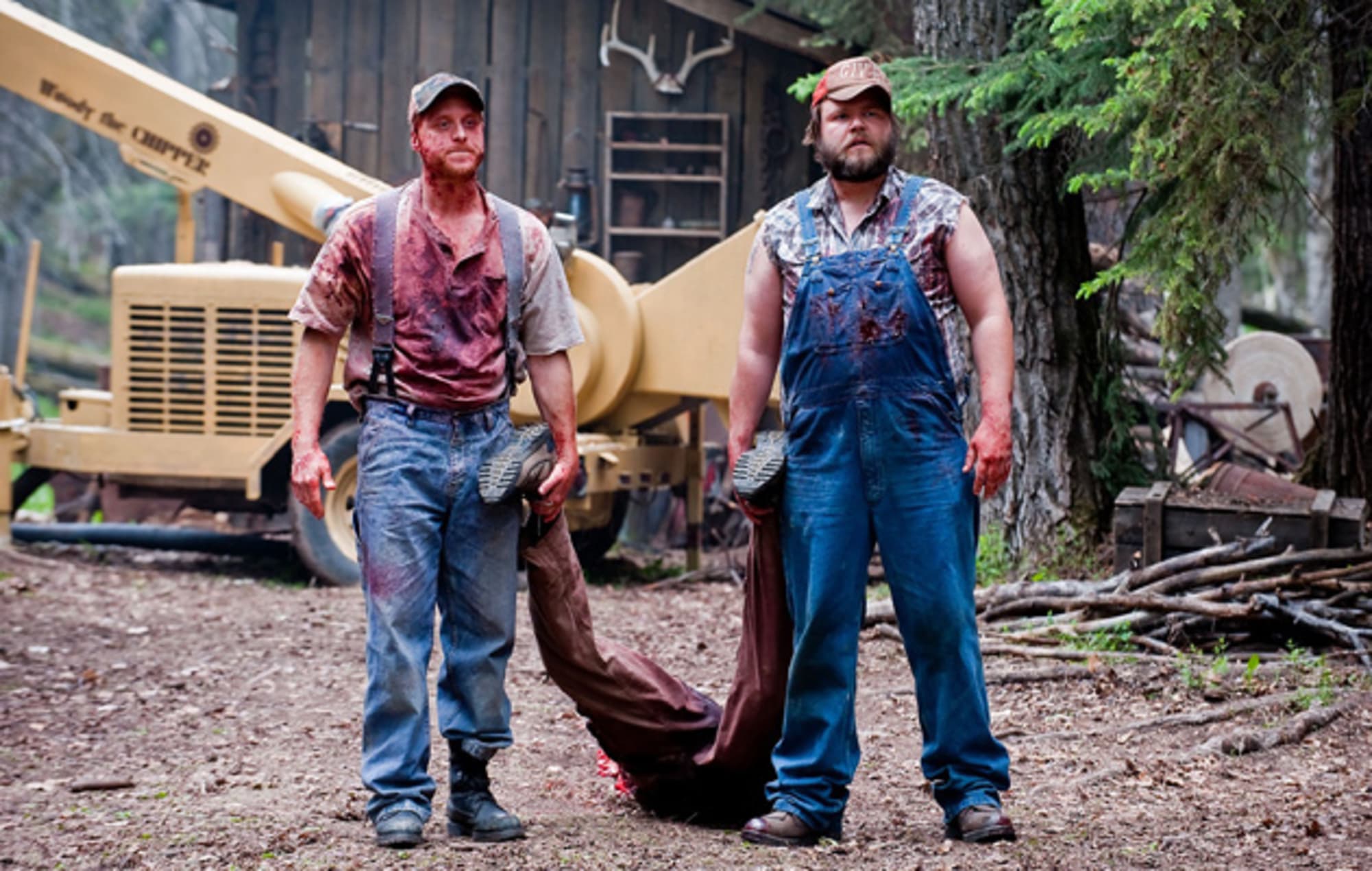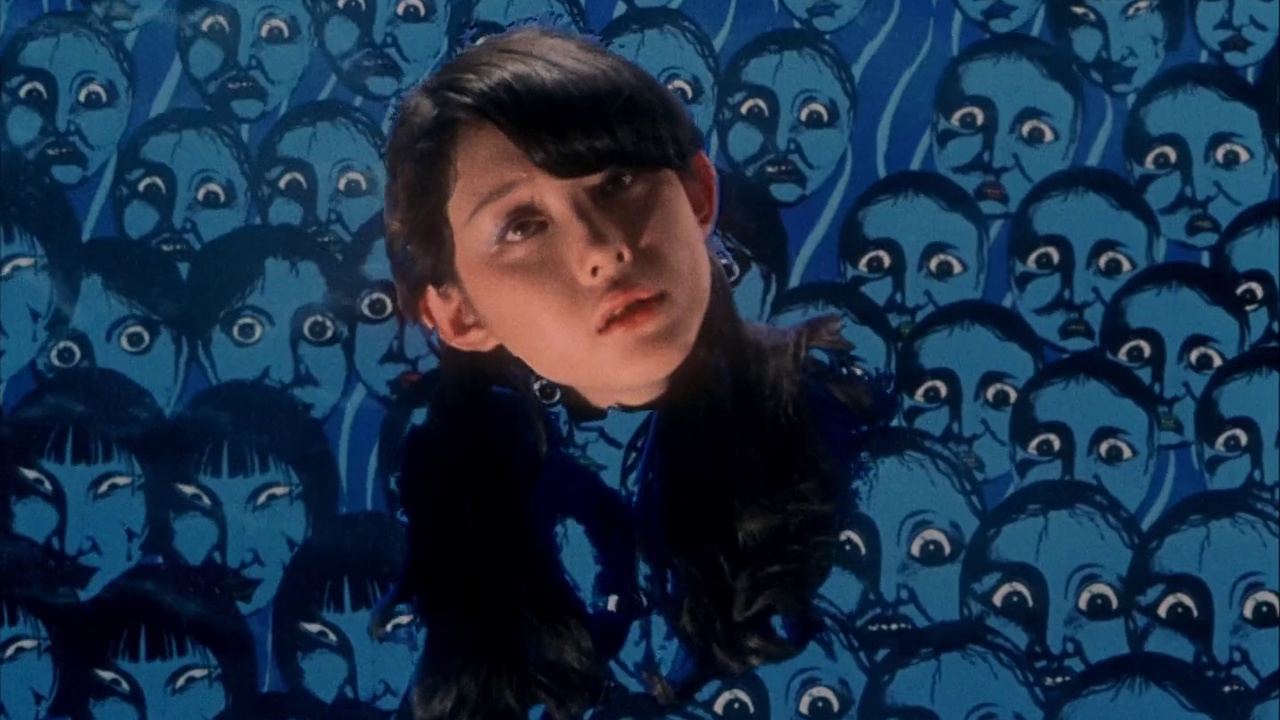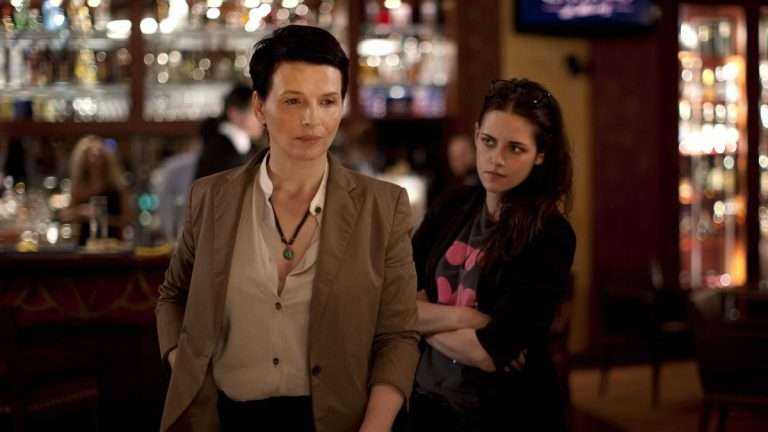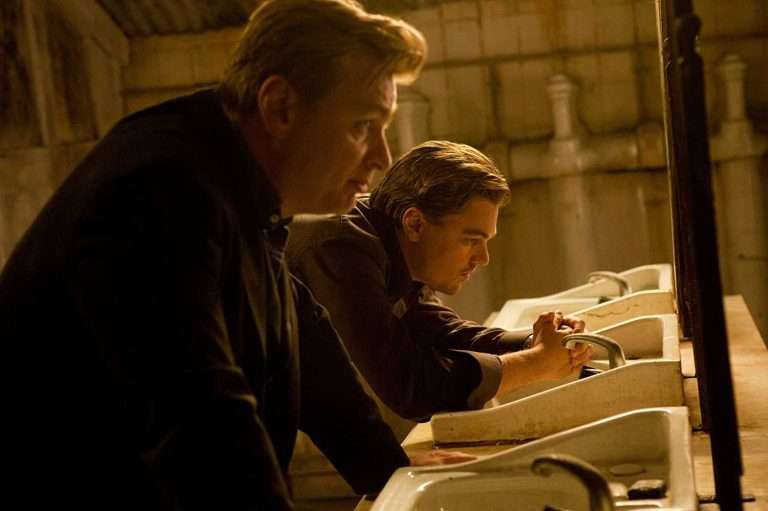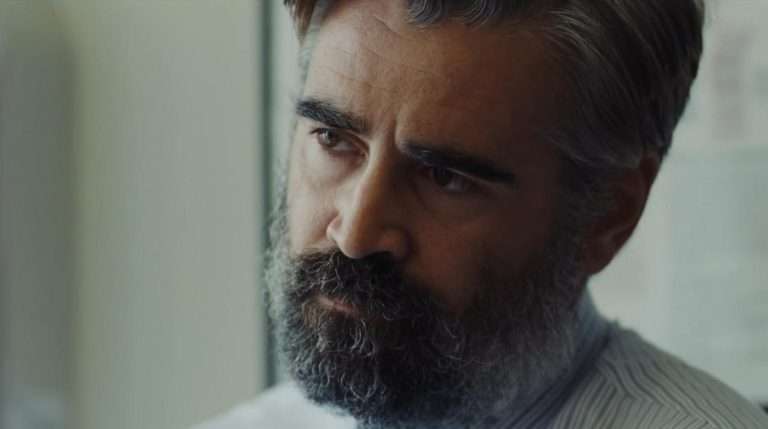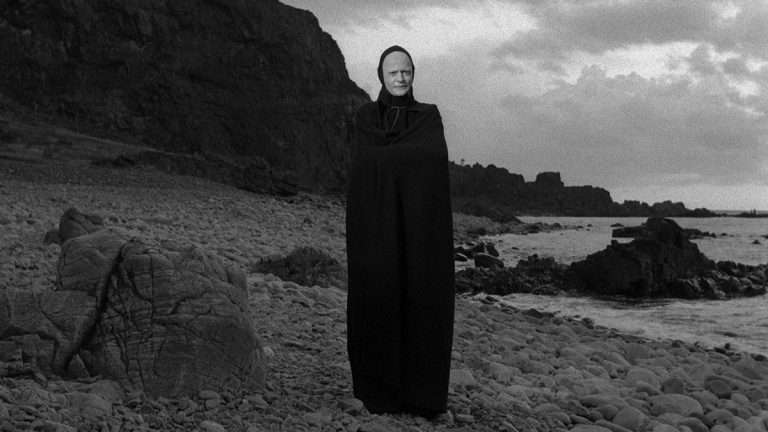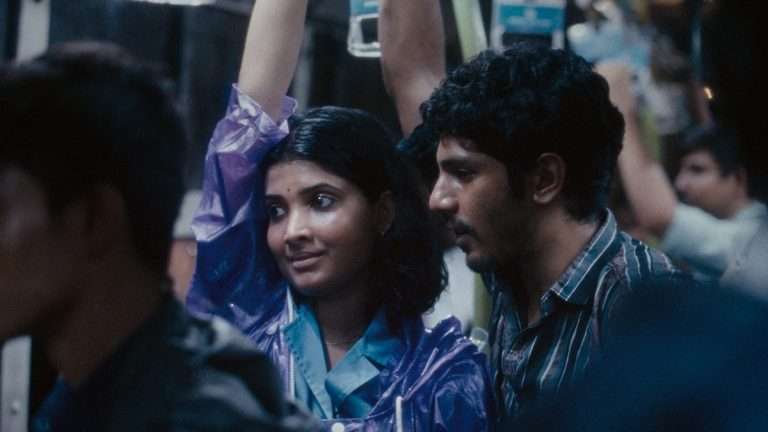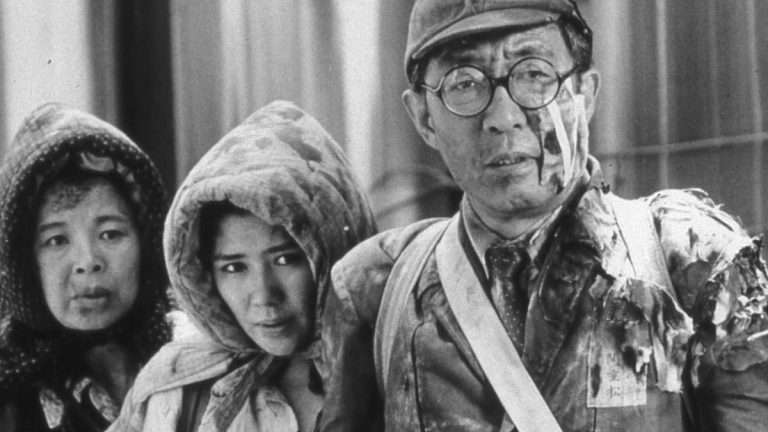10 Films To Watch When You’re Stoned: It was the 70s (obviously!) when these stoner movies created a market of their own. Up in Smoke, Fritz the Cat, The Chicken Chronicles, and Rockers are a few which were adored by a generation. Ever heard of Cheech and Chong? Google them. These two dopey actors are solely responsible for a string of stoner films that no hippy could ever refuse.
Getting stoned heightens your reality, and it usually involves absurdity, hypothetical conversations, overeating, giggling, nothingness, and lying down a lot. Thus, hard-hitting, realistic storytelling is not (and must not be) something you should be looking for if you decide to watch something when high. In simpler words, you are looking for an experience, not plot devices, themes, or nuanced performances.
Not every movie is made to be watched high, and we know that. Hence, I have tried to collate a few of them, some drama, some horror, some wild visuals, but mostly gigglers, where you don’t have to think much about the joke. You may not find some of the usual suspects on the list, like Cheech And Chong’s Next Movie (1980), Pineapple Express (2008), or Harold & Kumar Go to White Castle (2004), etc., mainly because I decided to travel outside of Hollywood.
Not all of these films are actually about stoners or weed, but these are the ones you would want to vibe on once you roll up that doobie! Just don’t tweet about it – *wink wink*!
10. No Smoking (2007) (Dir. Anurag Kashyap)
Let me begin with the fact that I am not a fan of Anurag Kashyap’s patchy work, barring a few. And No Smoking is one of those few. I was tripping over the film at the time of its release, and I continue to do so.
Loosely based on Stephen King’s short story ‘Quitters, Inc.’, the film’s behind the scene stories are as doped as the film. After the perennially delayed Paanch, shelved Allwyn Kalicharan, and half-completed Gulaal, a depressed Kashyap sent his friends from the film industry a mass SMS, asking for help. Except for the actor John Abraham, no one responded. John sent him a ticket to LA so he could have a change of scene. There, Anurag wrote No Smoking, a dark allegory about individualism.
However, if you think that’s how John was cast in the lead, you are wrong! Kay Kay Menon was the first choice for it, who suggested that a star should do the film. Anurag then approached Shah Rukh Khan, who spent much time with the script, eventually rejecting it. John was the only star who immediately loved the script and said yes. He had to smoke 99 cigarettes daily to get into the character, which affected his lungs. This forgotten film won’t make sense to you, and that’s okay. The visuals, soundtrack, screenplay, and everything else are bizarre and extremely addictive.
No Smoking is a perfect film to watch after you smoke that pot because it’s trippy, surreal, and a total wack!
9. The Holy Mountain (1973) (Dir. Alejandro Jodorowsky)
Someone once described director Alejandro Jodorowsky as “delectably eccentric, purposefully evocative, and a peculiar genius.” And the exact same words can describe his The Holy Mountain too.
It’s a deranged mess with ridiculous juxtapositions of psychedelia, religion, and violent surrealism. The film often feels meandering and unfocused, and that’s totally by design. The Holy Mountain is often regarded as the pinnacle and the end of cinema’s short-lived and lesser-known Panic Movement. Formed by Jodorowsky, Spanish director Fernando Arrabal and French writer Roland Topor in Paris from 1962 until 1973, they horrified and awed audiences with their chaotic performances and artistic facets.
The Holy Mountain’s transgressive, unsettling, decadent, and psychedelic odyssey with a wicked sense of humor. The humor is rich, subtle, and clever in the way it satirizes politically correct arrogance. A lot of the film was shot in Guerilla style. During the shot of the helicopter landing down in the street, the crew didn’t obtain any permits and merely had an actor in a police uniform to stop traffic while they filmed, then ran off once the shot was complete.
The film is a time capsule, transporting you to the era when cinema and audiences were ready for anything! The Holy Mountain is a two-hour-long fever dream with graphic violence and unjustified yet surreal and thought-provoking references to religion, sexuality, and spirituality. Climb this mountain; that pot might help.
8. Om Dar-Ba-Dar (1988) (Dir. Kamal Swaroop)
Om Dar-Ba-Dar is not a film. It’s a dream. According to the director Kamal Swaroop, he “cannot think in words,” so the film’s script is based solely on his dreams and images. The seed of the film started to pollinate during the time when Kamal was assisting Richard Attenborough in Gandhi (1982). He controlled the crowd and narrated stories to keep them entertained. One of the stories was Om Dar-Ba-Dar.
Never commercially released in India, the film gained an extensive cult following. It was finally released in theaters after 26 years in 2014. The absurdist, post-modernist non-linear narrative of the film makes it a perfect psychedelic experience. Remember how mentally drunk we felt when we left the theaters after watching Anurag Kashyap’s Dev D (2009)? Well, Om Dar-Ba-Dar is the OG expansion of consciousness. Kashyap was and still is, highly inspired by the film. If you love to trip on the “Emosanal Attyachaar” song, the original “Meri Jaan” from Om Dar-Ba-Dar will blow your mind away. Watch it on YouTube right now.
The film is a complete antipode of how the world sees, understands, and recognizes (looking at you, RRR!) Indian cinema. I’m definitely the ‘Babloo Babylon se’ (you’ll get the reference once you watch the film), so I’m not going to pretend that I’ve understood the film, but I would HIGHLY recommend that you watch it, even if you are not stoned!
Om Dar-Ba-Dar is the great Indian LSD trip.
7. Go Goa Gone (2013) (Dir. Raj & D.K.)
India’s first ‘zom-com’ – how dope is that! And this is just the beginning. Go Goa Gone is about a zombie apocalypse set in… well, Goa! Heavily deriving from Shaun of the Dead (2004), this Indian counterpart is irreverent, clever, and funny enough to gain cult status.
Go Goa Gone is not a perfect film. In fact, it barely touches greatness. The film eventually landed nowhere, and the premise looked far more intriguing than its actual execution. Just too much cleverness and not enough plot. But dude! Are you really going to dissect the screenplay while ‘Rollin’ Doobies Up’?
It pushes many of our sanctimonious envelopes. The performances are solid across the board (coming from a non-fan of Saif Ali Khan or Vir Das), and the dialogues are a riot! The film also boasts one of the most quotable lines from modern Indian cinema – “Dilli se hoon, b*****d”!
And we HAVE to talk about that bullzongly crazy soundtrack. How often do we get a Hindi song with lyrics like “Bloody khooni Monday” or “Babaji ki booti”? There should be a spin-off just for that soundtrack!
Go Goa Gone is a trippy, zombie escapade that you can vibe when stoned.
6. Inherent Vice (2014) (Dir. Paul Thomas Anderson)
“Doc may not be a do-gooder, but he has done good.”
With Inherent Vice, director PT Anderson wanted the audience to be as confounded as his principle character, Doc. The film is challenging, deranged, provocative, hilarious, and consistently unique.
Anderson hides his humor in so many themes that it’s almost mandatory that you watch it multiple times, as there’s plenty to miss. Inherent Vice is a surprisingly rewarding sensation that demands repeat viewings. It has a really strange lack of pretense, which is rare for such films. The labyrinthine plot in the film is… well, incomprehensible. This screen adaptation of Thomas Pynchon’s 2009 novel of the same name is too faithful to sustain a cinematically coherent story. However, Inherent Vice still offers way too much more to admire.
Robert Downey Jr. was the original choice for the role, which eventually went to Joaquin Phoenix. According to Robert, Anderson thought he was too old for the role. As great as the film’s cast (over 15 A-listers), Josh Brolin was the one for me. He aptly represented the Eisenhower era masculinity and was a treat to watch.
Delivered entirely on stoner mumble and hippy slang, Inherent Vice is an experience best enjoyed with a puff or two.
5. Everything Everywhere All At Once (2022) (Dir. Daniel Kwan and Daniel Scheinert)
EEAAO is an experience like no other; it’s a superhero film like no other, and it’s a political, social satire like no other. Much like No Smoking (2007) (also on the list), this film is without any reference. It’s a ride you are not ready for. I’m sure most of you must have already seen or rather experienced the film, but for those who haven’t yet, roll, roll, and watch it now!
Michelle Yeoh is an exported blessing to Hollywood from Asia. She is one of those actors who deserve great cinema, and not the other way around. I am strongly rooting for her for the Oscars because she was simply phenomenal in Everything Everywhere All At Once.
The film employs absurdity in its narrative, which actually makes total sense! EEAAO satirizes mythology, arts, politics, and philosophy with each frame. The lightning editing of multiverse traveling smoothly lands on a satirical comment each time. Even a fraction of a second of frame tells you a story.
Daniels wrote the script with Jackie Chan in mind, but eventually (and thankfully) realized that a woman protagonist in a complex husband-wife equation would make more sense. Ke Huy Quan plays the husband. He had stopped acting for twenty years because of a lack of compelling Asian roles in Hollywood. However, in this film, he gets to play over 200 roles that we see on screen and landed an Oscar nomination for himself. Now, that’s a comeback!!!
Everything Everywhere All At Once will exhaust you in the best way possible. Light up that doobie, and hop on to this rollercoaster.
4. The Big Lebowski (1998) (Dir. Joel and Ethan Coen)
The Big Lebowski is a cinematic pop-poetry anchored with incredible humanism and subtle and clever humor. Upon release, critics called it a misfire and a convoluted mess. However, now it has been preserved in the US National Film Registry, calling it “culturally, historically, or aesthetically significant.”
The characters, the dream sequences, the idiosyncratic dialogue, and the eclectic soundtrack make it a perfect watch while being blazed. And it doesn’t hurt if it probably, is one of the funniest comedies on screen.
The script was written around 1991. When the Coen brothers wanted to make it, John Goodman was filming episodes for Roseanne (1988), and Jeff Bridges was making Wild Bill (1995). So, instead of hiring other actors, Coens decided to wait and made Fargo (1996) in the meantime. Jeff Bridges, as the pot-smoking Jeffrey “The Dude” Lebowski, is one of the finest performances to come out of Hollywood in the 90s.
If you plan to get stoned with your homies and friends this weekend, then just sit back and enjoy The Big Lebowski, dude. Maybe life isn’t supposed to make sense.
3. Friday (1995) (Dir. F. Gary Gray)
Friday is a 90s treasure! Probably, one of the best living-in-the-hood films to come out of Hollywood. While it might not be as taut in technicalities or direction, it more than makes up for it with all the heart and humor.
Most of the film’s dialogues were actually ad-libbed and are hilarious! Rapper Ice Cube co-wrote (and starred) the film with DJ Pooh as they thought the portrayal of the hood in cinema so far was not appropriate enough, and it was mostly represented as violent and menacing. As a result, whatever you see on Friday is mostly autobiographical. Most characters and plot points are taken from their real-life experiences.
Friday is funnier and funkier than Bad Boys (1995). But, the film also confronts the same realities as they have to in other living-in-the-hood dramas, which gives it a huge warm heart. It’s less manufactured and designed, or at least successfully manipulated viewers into believing so.
The line “Bye, Felisha!” was also used in Straight Outta Compton (2015) by Ice Cube’s son O’Shea Jackson, Jr., who portrayed Ice Cube. Both movies are directed by F. Gary Gray.
Giggle along with Friday with every puff.
2. Tucker & Dale vs. Evil (2010) (Dir. Eli Craig)
HILARIOUS is the aptest word to describe this certifiably insane movie. It flips every single stereotype of a horror/ slasher to offer laugh-out-loud moments, blood and bluff, fun and frolics, and, believe it or not… heart! Tucker & Dale vs. Evil nestles a crafty planted social commentary on the urban-rural divide, first impressions, and judgmental standpoints without sacrificing creativity or laughs.
It’s such a simple idea at the core, and you might wonder why it wasn’t thought of before. But, director Eli Craig coyly extends what could have been an exhausting single joke premise, combining pulpy gore with some hilarious situations and social commentary. You might learn much about yourself when you laugh uncontrollably during the brutal killings and dismemberments!
The biggest strength of Tucker & Dale vs. Evil lies in the performances. Alan Tudyk as Tucker and Tyler Labine as Dale is simply outstanding. It could easily be a part where they can just wink at the camera and play the buffoons, but the surprising sincerity and warmth they bring in will win your heart.
Tucker & Dale vs. Evil is an absolute PFC (Perfect Fit Content) for stoners. Don’t miss it.
1. Hausu (1977) (Dir. Nobuhiko Obayashi)
Hausu (English translation – House) is so outlandish, so bizarre that it avoids all attempts at pigeonholing and predictability. It’s a very filmy film if you know what I mean. It’s irreverently self-aware, ludicrously superficial, playful, and almost innocently entertaining.
Director Nobuhiko Obayashi got the idea for the film from his pre-teen daughter, who had a fear that the mirror she used would eat her. He believed that these ideas were incomprehensible to adults but conceivable to children and replicable in film. A lot of the scenarios of the characters getting attacked by the House were ideas given by his daughter. So, essentially, one of the most iconic films in the world was co-written by a 12-year-old Japanese girl.
A classic of kitsch Japanese cinema, most of the actors that appeared in Hausu were largely non-actors. Each one of them is a one-note character and was designed that way. They have a plastic quality about them that never wears off.
When a film starts with a declaration of ‘A Movie,’ you can sense how oddly comforting it is in its own visual foolery and cinematically mad overtones. Hausu is like Phoebe’s dollhouse in F.R.I.E.N.D.S – trippy, baffling, amusing, creative, and insanely entertaining.
Hausu is an assault on all your senses with a surprisingly effective concoction. I can guarantee you’ll be high even if you haven’t rolled that joint yet.

